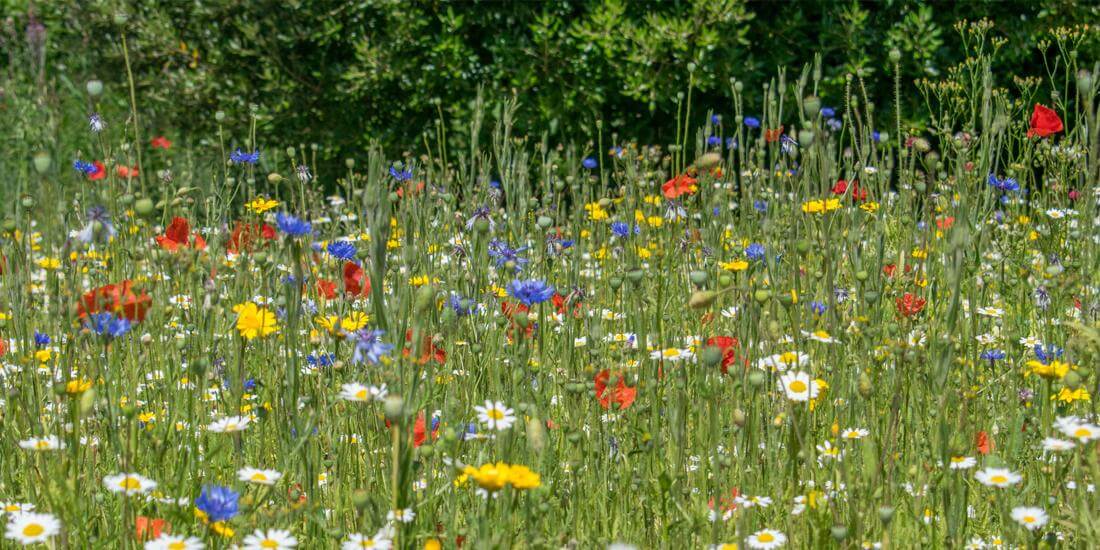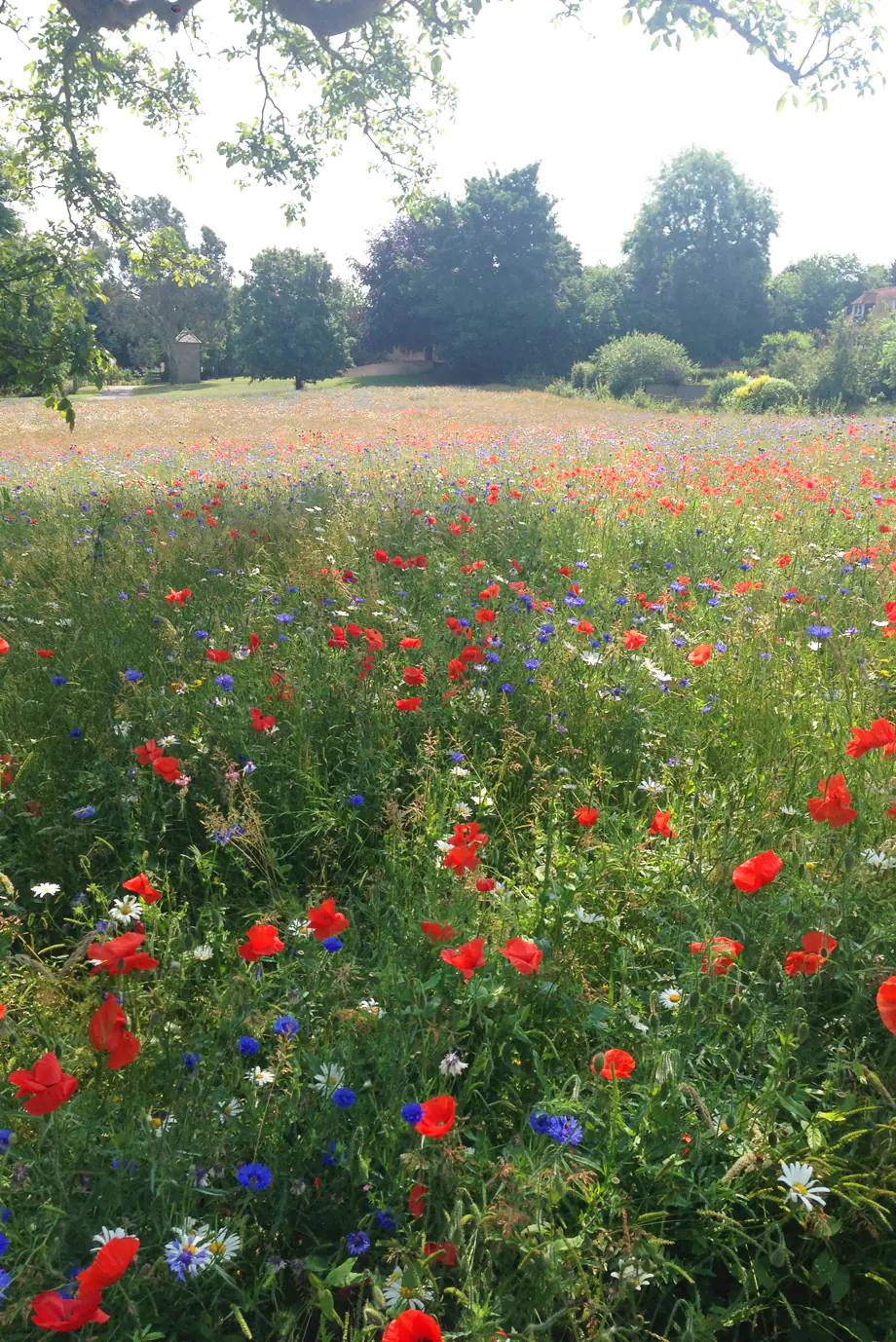How to establish a wildflower meadow

There are plenty of products on the market that promise an instantaneous meadow with very little preparation required. But, if you really want to establish a wildflower meadow that will last year after year, you must do the preparation first!
There is a growing demand in popularity for wildflowers, and knowing how to establish a wildflower meadow will speed things up for you. Wildflowers are favoured for their bountiful blooms that often last all summer long.
A wildflower meadow is unlike our usual garden flora since it requires very little maintenance once the seeds are sown. However, they have a few vital requirements for their germination and establishment.
Knowing what wildflower mix to choose, what soil type your garden has, and how to manage your wildflower meadow once it's established will help you get the garden you've been dreaming of!
Preparation is key to establishing a wildflower meadow
If you plan to sow wildflowers, you will likely have an area in mind where you want to plant them. Wherever this happens to be, the area should be free from any existing grass, weeds or other flora. You must remove these before sowing wildflower seeds, or the more fertile grasses, weeds, and flora will take over.
You can remove weeds using a garden shovel or a turf cutter for larger areas. Once this process is complete, we recommend you remove the top 5-10cm of soil to reduce soil fertility. Then, level the area out and leave the soil untouched for a further six weeks to cultivate. This six-week interim will allow any sneaky weeds to pop up so you can remove them before you sow.
Alternatively, if you cannot complete this level of work, you can introduce Yellow Rattle to your chosen area to help weaken any existing grasses. Be aware this may take longer than complete removal and will need to happen within a selected time period. To use this method, cut your grass as short as possible at the end of summer and scarify (rake) the area aiming for 50% bare soil.
Sow your Yellow Rattle before winter sets in. It will then germinate and bloom in early Spring and begin to weaken the existing grasses. You can then consider introducing new wildflower seeds by scarifying the area and sowing.

Pick the right seed mix to establish your wildflower meadow
Once the area is prepared, it’s time to consider what wildflower seed to go for. Achieving the right balance of colour and flower density can be challenging if you're looking at individual wildflower species. You may end up overcrowding your wildflower meadow if you pick too much of one wildflower. But, with pre-mixed wildflower seeds, you can get a balanced blend of great varieties.
We have 100% wildflower seed mixes; these mixes provide an ornamental display that will bloom in spring and summer. Other mixes we have contain arable grasses alongside wildflower seed – this provides a year-on-year wildflower meadow and habitat for wildlife. And we also have a whole host of UK native wildflower seed to suit every need – from 100% annuals and perennial seeds to mixes made for specifically attracting bees and bespoke blends for shaded areas and clay and sandy soils.
You can sow any wildflower mix if you have a normal soil type (not clay or sandy soil) and the area where you plan to sow your wildflower seed is relatively free from the shade. However, if you have problematic soils or the area is heavily shaded, a more specialised mix containing wildflowers that are tolerant of these conditions would be better.
If you are unsure what mix to go for, you can read our choosing wildflower guide or contact us, and we will help you find the mix you want.
Sow your wildflower meadow
Once you have a clear seedbed and have your wildflower mix ordered, delivered and ready to use, everything else is a doddle! Typically, the best time to sow wildflower seeds is in autumn, which will give you the earliest display of wildflowers. However, wildflower seeds can be sown throughout the year, with bloom usually occurring after 60-80 days. Wildflower seeds need to undergo ‘stratification’, wherein the seed freezes, which helps kickstart its germination.
Our mixes are kept in cold warehouse conditions all year round, so they are ready to sow when you are!To sow your wildflower seeds, scatter them at the recommended rate of 5g per m2. This allows ample room for the seeds to grow and bloom individually. Once scattered, lightly rake the area to cover the seed and water well. If prolonged dry spells occur after you have sown the seed, remember to water it so it doesn’t dry out. And knowing UK weather, this is only likely to be an issue in summer.
Once your wildflowers are in bloom, they require no maintenance; however, if you want your wildflower meadow to return year after year, you can follow this wildflower meadow management guide.